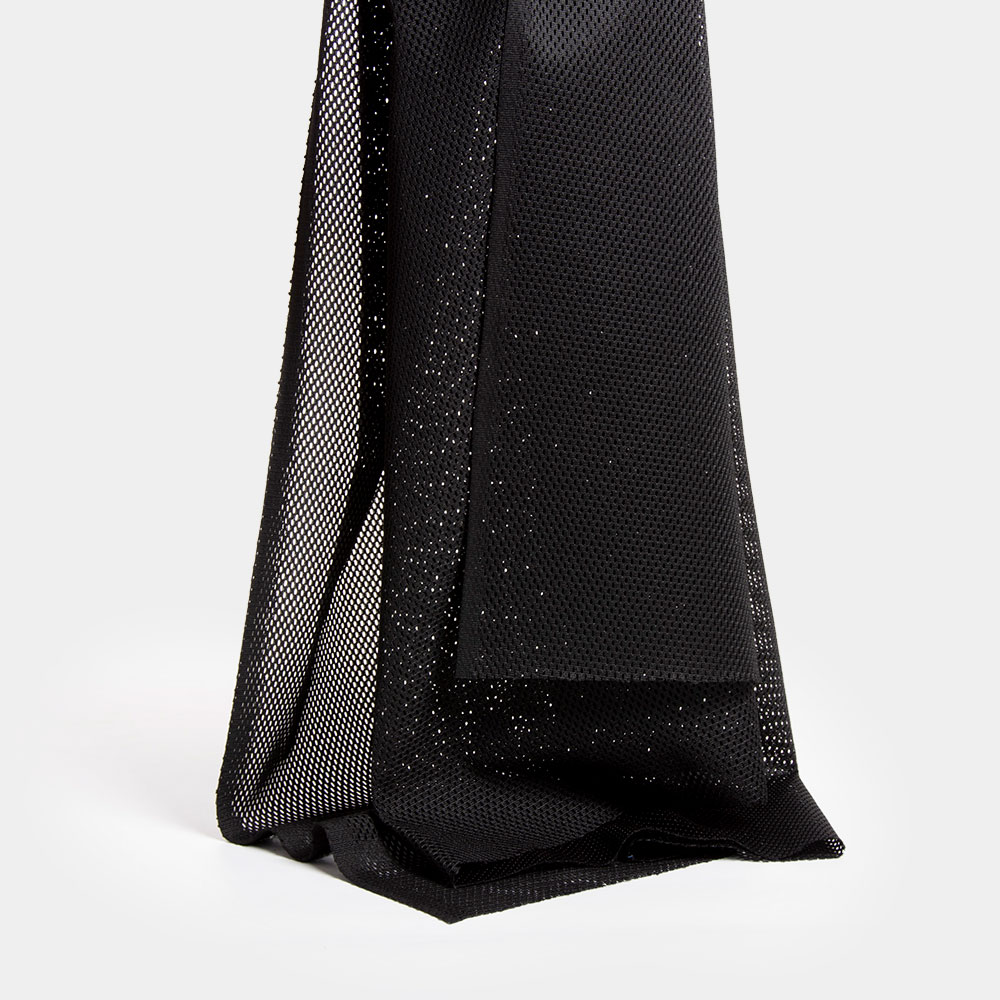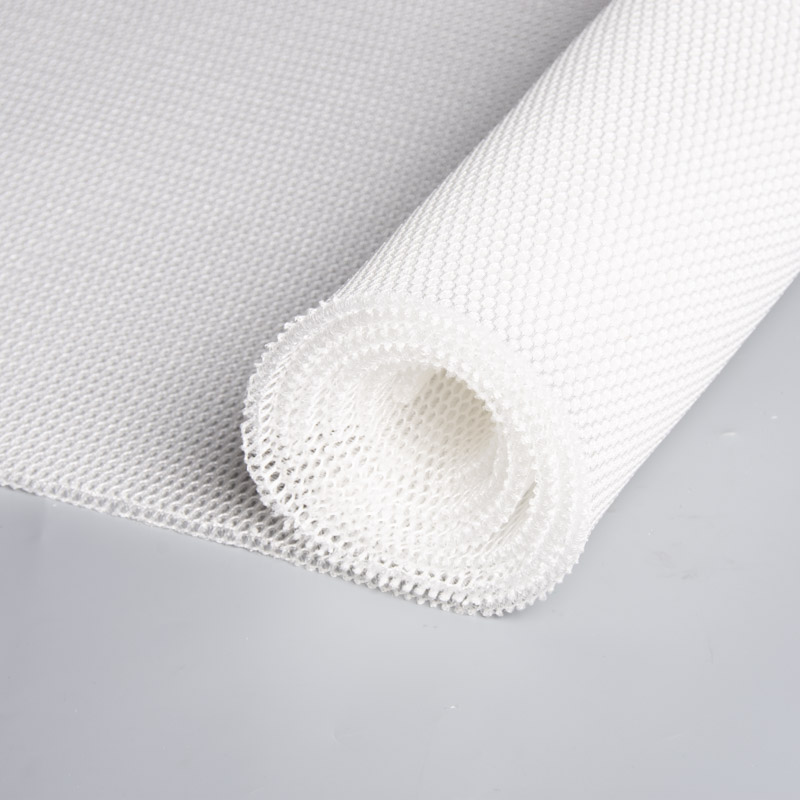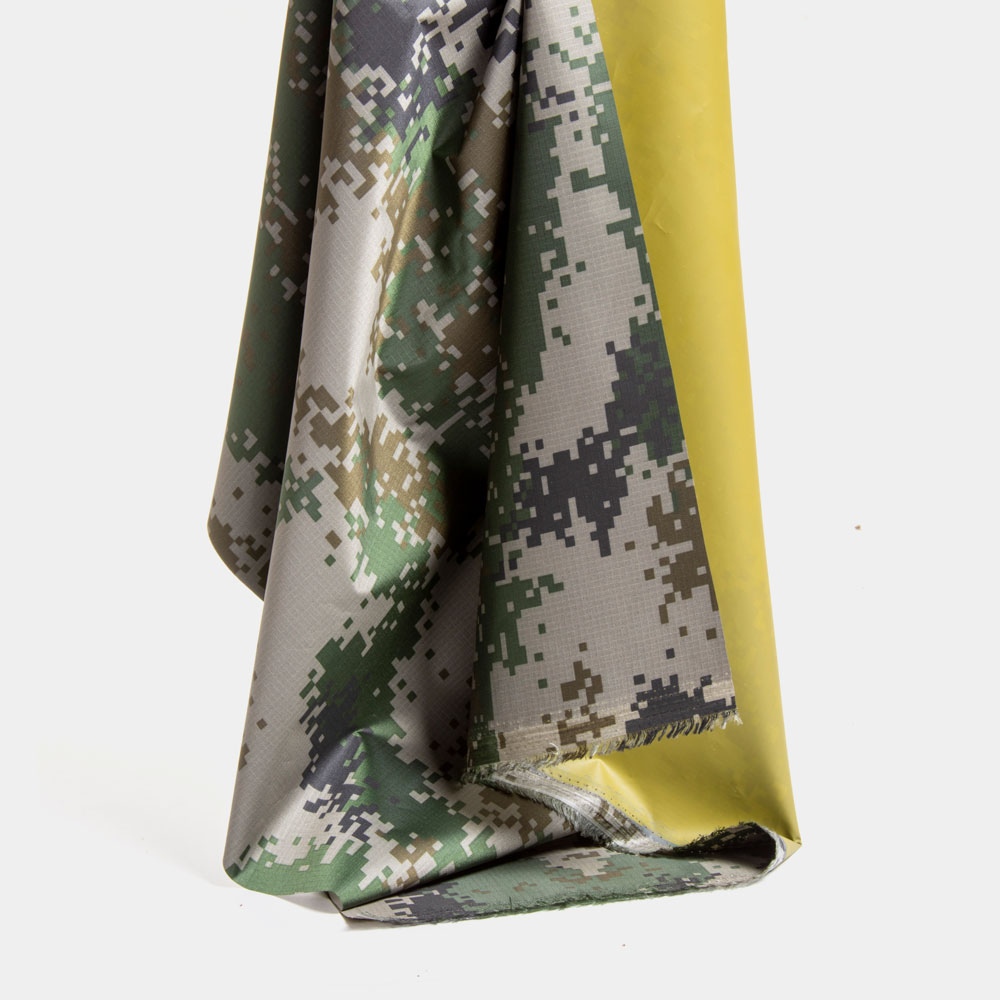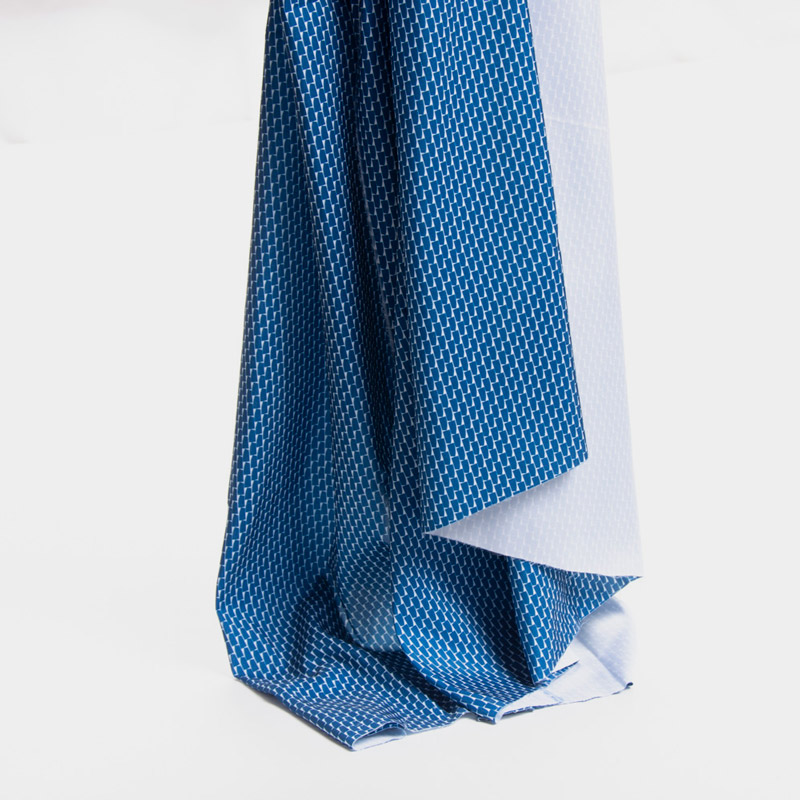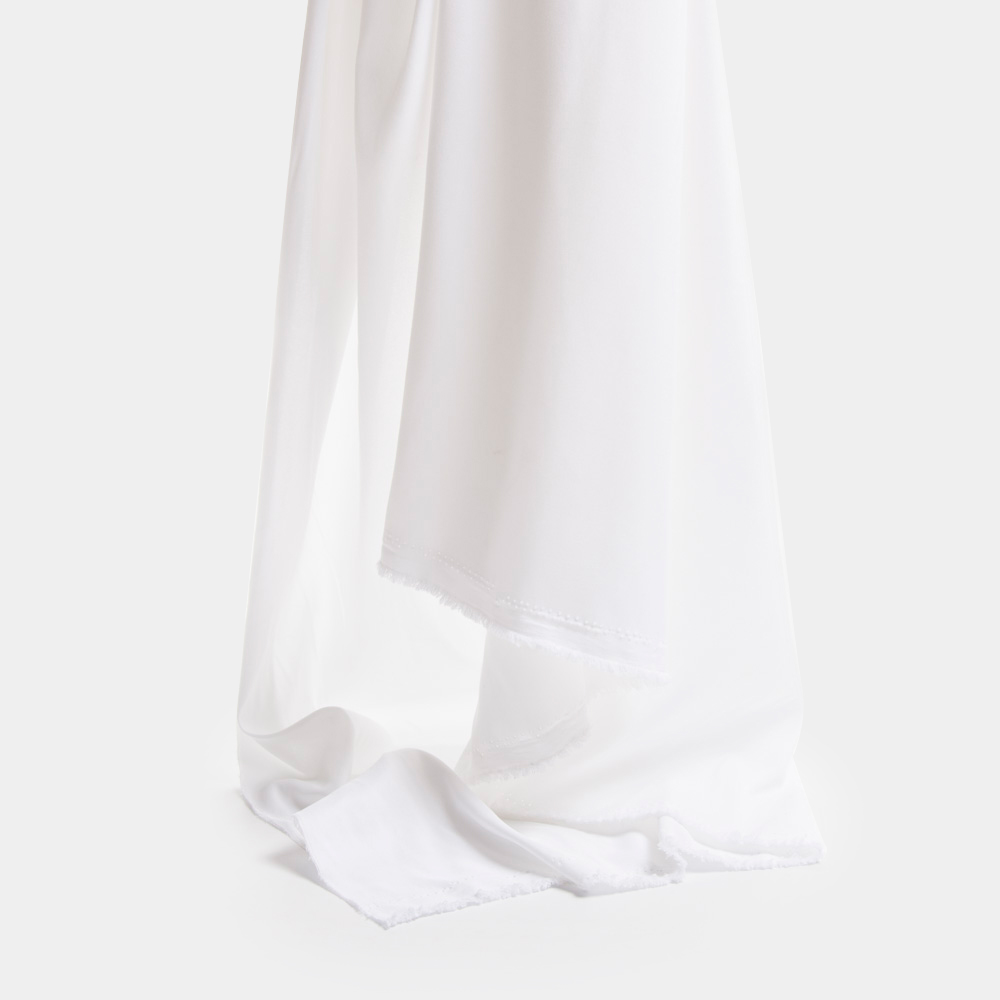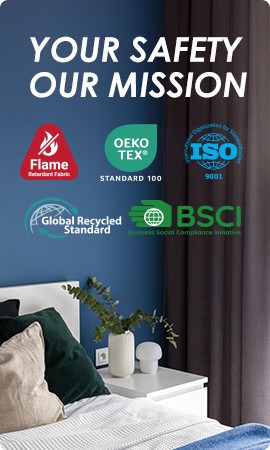Fireproof Fabric and Traditional Materials: Key Differences Explained
Fireproof fabric have garnered interest across different sectors for their enhanced protective features when compared to conventional materials.They are becoming increasingly crucial as the need for safety in areas. BEGOODTEX is constantly researching fireproof materials and striving to provide higher quality and practical fireproof material products. Explore the traits and uses of fire fireproof fabric in this piece as we compare them with standard materials while underscoring their weaknesses and safety precautions.
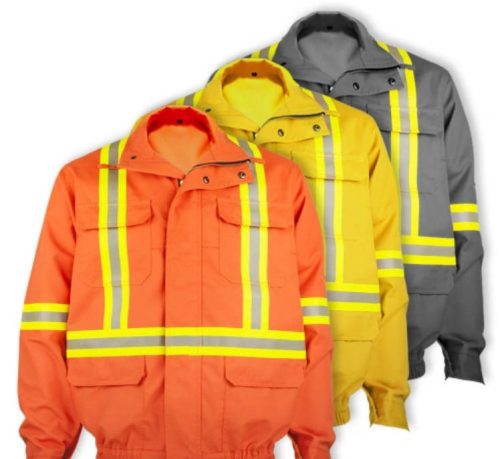
Understanding Fireproof Fabrics
What are Fireproof Fabrics?
Fire resistant materials are commonly categorized as Fiber Flame Retardant and Fire Retardant Treated. These textiles are created to withstand fires and prevent flames from spreading. Crafted from fibers tailored for protection and practicality purposes alike these fabrics maintain their fire resistance, over time and even after cleaning. One instance of such a material is the fabric provided by BEGOODTEX. This material made entirely of polyester has undergone testing to meet standards such as NFPA 701 to verify its resistance to flame spread and improve its suitability, for applications where fire safety is crucial.
Standards of Fireproof Fabrics
NFPA701: Textiles and film materials need to undergo NFPA701 fire resistance testing, and must be exposed to flames for combustion testing before they can be recognized as fireproof fabrics
NFPA 2112: If it is to be applied to specific clothing, other standards need to be met, such as NFPA 2112, which is a fireproof clothing testing standard for industrial environments, requiring protective clothing to provide effective protection in short-term high-temperature flames.
ASTM F1506: The flame retardant standards for protective clothing for electrical and welding work are more specific. ASTM F1506 requires that clothing materials do not melt or drip when in contact with electric arcs and flames, and can quickly self extinguish upon contact with flames
NFPA 130: In fixed rail transit and passenger railway environments, due to unique fire protection regulations to protect the safety of passengers and staff, clothing materials need to meet NFPA 130 fire protection design standards and be designed in conjunction with station fire protection facilities.
Key Differences Between Fireproof Fabric and Traditional Materials
1. Durability and Longevity
Fireproof fabrics exhibit exceptional durability and longevity characteristics, largely due to their composition and inherent resistance to flames. Unlike traditional materials, which may degrade over time and lose their protective properties after cleaning, fireproof fabrics maintain their flame-retardant capabilities throughout their lifespan. Fabrics such as those provided by BEGOODTEX are woven from materials like polyester that are designed to withstand high temperatures without compromising their structure. This means that the protective qualities of these fabrics remain intact, ensuring continued safety in environments where fire hazards are a concern.
In contrast, traditional materials often require frequent treatments to maintain some level of flame resistance. This is particularly true for fabrics like cotton and wool, which, when untreated, can catch fire quickly. Such fabrics may at times require reapplication of fire retardant coatings, and the effectiveness of these coatings can diminish with washing or exposure to elements. As a result, the longevity of traditional materials is generally inferior when it comes to fire safety, necessitating ongoing maintenance that can lead to increased costs and resource utilization over time.
2. Cost Implications
The initial cost difference between fireproof fabrics and traditional materials can be significant, as fireproof options tend to be priced higher due to their advanced manufacturing processes and safety certifications. However, this initial expense can be offset by the long-term savings associated with reduced risks of fire-related incidents and the subsequent costs associated with loss or damage to property and life. Additionally, since fireproof fabrics do not require constant reapplication of treatments after laundering, they offer a more economical solution when considering total lifecycle costs.
Conversely, the traditional materials may appear more cost-effective upfront but often require additional investment for fire retardant treatments and ongoing maintenance. These hidden costs can accumulate over time, especially in commercial settings where compliance with fire safety regulations is mandated. Moreover, the potential expense of fire damage caused by the ignition of traditional materials presents a financial gamble that can lead to severe consequences.
3. Safety and Protection Levels
The safety and protection levels offered by fireproof fabrics are considerably higher than those of traditional materials. With certification from recognized standards such as NFPA 701, fireproof fabrics confirm their ability to resist ignition and limit the spread of flames. This means that their use in public spaces, entertainment venues, and construction projects often complies with stringent fire codes, safeguarding occupancy and reducing liabilities.
Traditional materials, however, present a significant risk in fire-prone environments. Without inherent flame resistance, these fabrics are susceptible to ignition and can release harmful smoke and toxic gases when burned. The lack of protective measures can lead to rapid fire spread, increasing the risk of injury or loss of life in situations where every second counts. It is essential that industry professionals recognize the critical differences in protection levels when selecting materials for their operations, ensuring that safety is prioritized.

Advances in Fireproof Fabric Technology
Innovations in Material Science
Recent advancements in material science have revolutionized the development of fireproof fabrics, facilitating the creation of textiles that not only resist flames but also offer additional benefits. Innovations include the incorporation of advanced synthetic fibers and chemical treatments that enhance durability while maintaining comfort and usability. Technologies such as nanotechnology are being utilized to develop fabrics that can repel heat and flames more effectively, offering a new layer of protection.
Moreover, manufacturers are increasingly focusing on eco-friendly solutions, producing fire-resistant fabrics that maintain high safety standards without compromising environmental integrity. Companies such as BEGOODTEX are leading the charge in offering products, like Flame Retardant Anti-uv fabric and Fire Retardant Soundproof fabric, that align with sustainable practices while ensuring that safety remains uncompromised. These innovations not only reflect a commitment to protecting human life but also demonstrate a proactive approach to addressing industry concerns regarding environmental impact.
Future Trends in Fireproof Fabric Development
With the call for enhanced fire safety only expected to increase, expect upcoming categories of fire-resistant fabrics in 2020 to be both more functional and usable. Expected improvements include smart things with temperature-sensitive fabric and automatically warning when in danger of catching on fire. Those fabrics would be a game changer in the pursuit of safety, allowing the visualization capability in fire-prone spaces.In addition, the exploration of more bio-based and biodegradable materials will become more vital, providing an alternative to full protection fire that has a lower impact on our planet but is able to maintain the highest standards in terms of fire safety. These could include hybrid textiles that are flame-resistant and breathable and can be used in a multitude of industries.
Practical Considerations for Choosing Between Fireproof and Traditional Materials
Factors to Consider Based on Application
When deciding between fireproof fabrics and traditional materials, several application-based factors must be considered. The environment in which the material will be used plays a crucial role in determining the appropriate choice. For instance, in areas with high foot traffic or environments where heat sources are present, such as theaters or kitchens, the risk of fire is significantly heightened. Fireproof fabrics designed to withstand ignition and inhibit flame spread can ensure safety in these demanding scenarios.
It’s crucial to think about following fire safety rules properly in certain industries where sticking to local regulations is a must have requirement; fire resistant textiles often satisfy or go beyond these guidelines in place. Opting for fabrics that have received certification through recognized testing procedures like NFPA 701 can provide a sense of security that traditional materials might not deliver. Moreover, the specific needs of how the fabric will be used should guide the decision making process between types of fabric; factors such as aesthetics or additional functionalities, like waterproofing or UV protection play a role in the choice made.
Maintenance and Care
When deciding between fabrics and traditional materials for maintenance and care considerations come into play as well.The upkeep of fabrics is generally easier than that of traditional materials because of their natural flame retardant qualities.This means that these fabrics do not require chemical treatments that may wear off over time or with cleaning activities.Test results, from BEGOODTEX Fire Resistant Blackout fabric demonstrate that these materials can withstand use and cleaning without compromising their fire resistant properties.
Traditional textiles usually require frequent application of fire resistant sprays or coatings which in turn increases the expenses and effort involved in maintenance tasks. Over time these treatments may diminish after several washes necessitating reapplication as a continuous requirement.
In addition to that point is the fact that cleaning techniques, for fire fabrics may vary from those used for conventional materials. Unlike fabrics that might need special care to prevent harm during cleaning fireproof fabrics can usually be washed using standard methods. This ease of maintenance helps in extending the durability and safety of these textiles.

